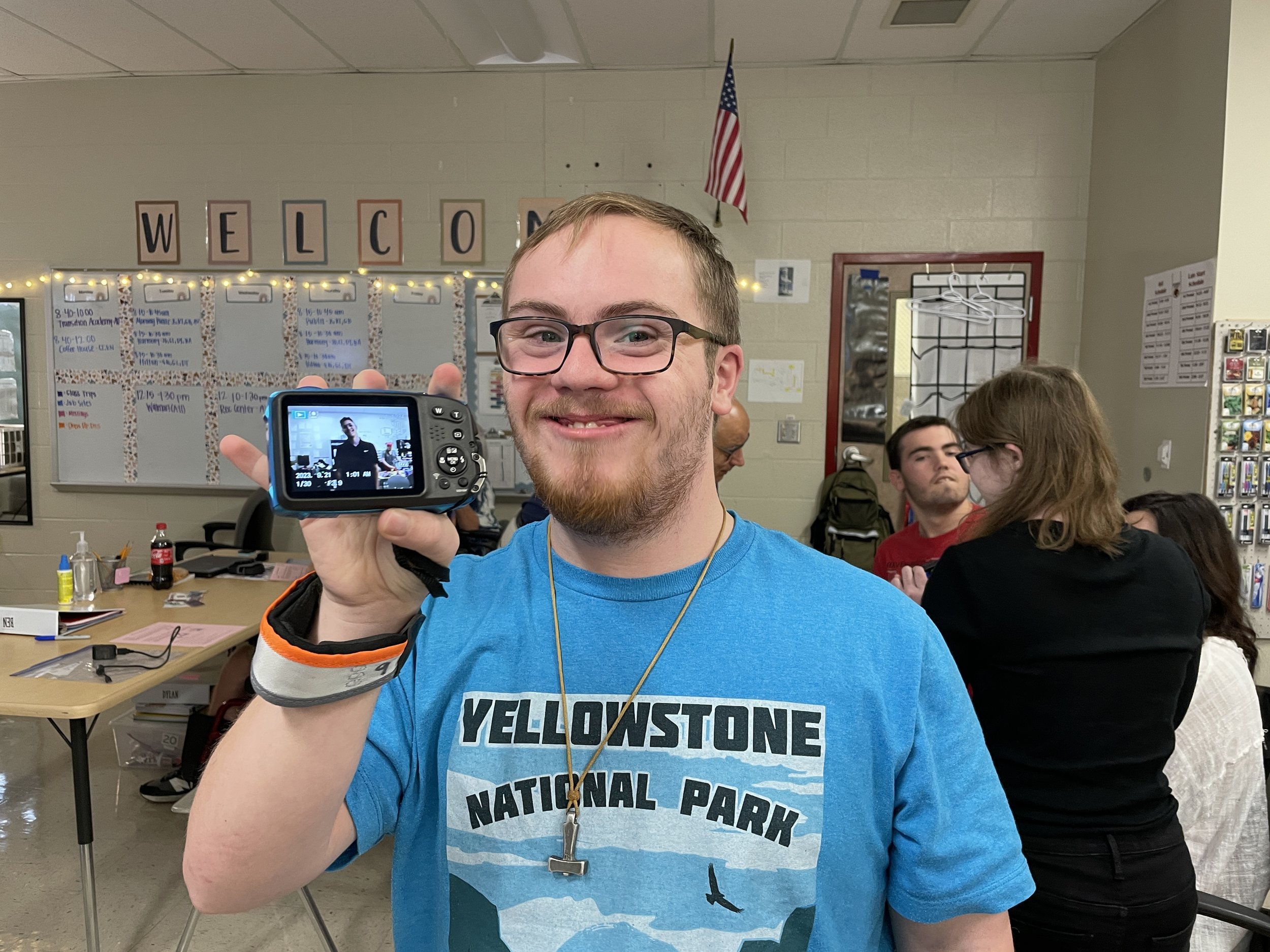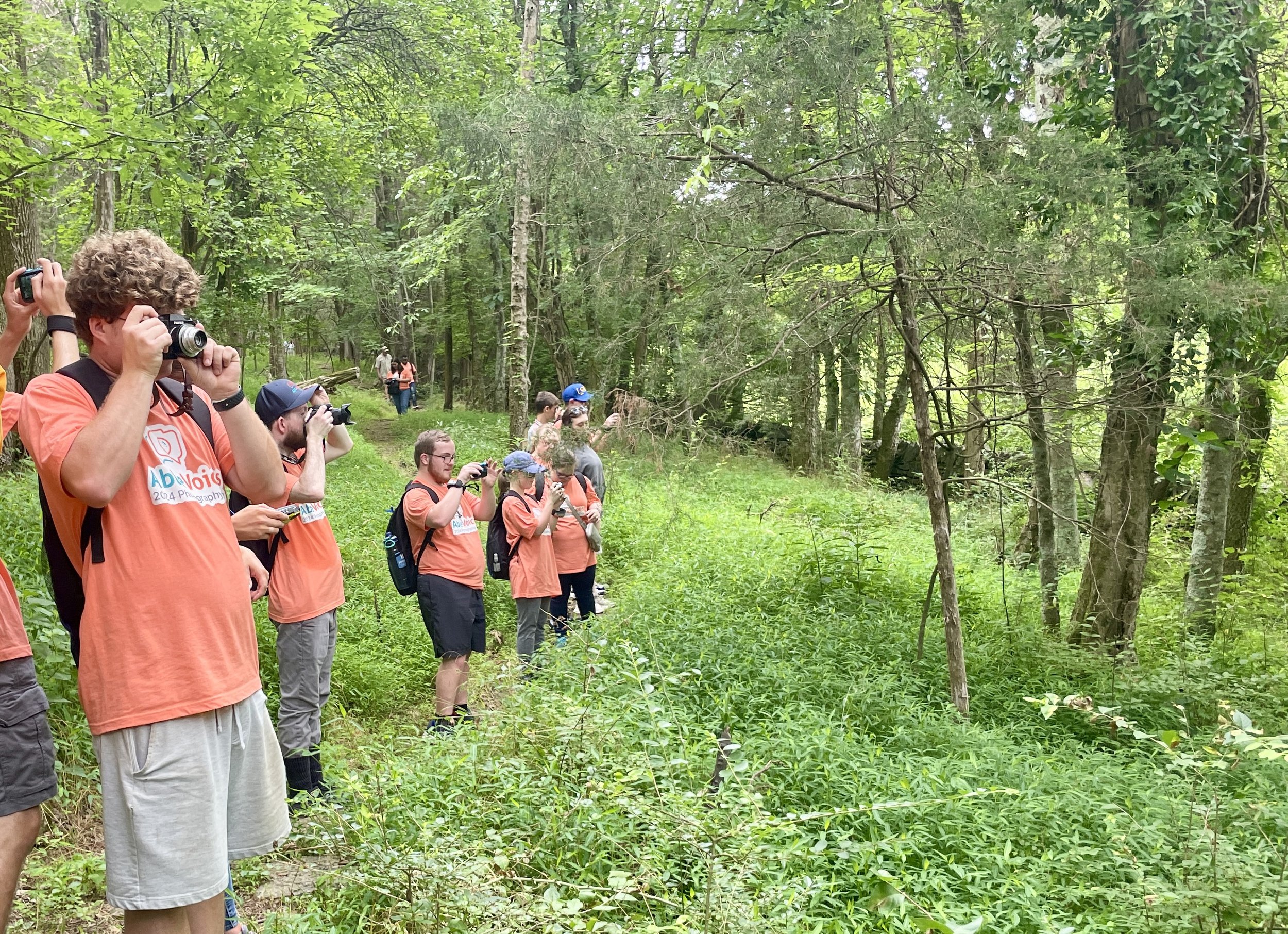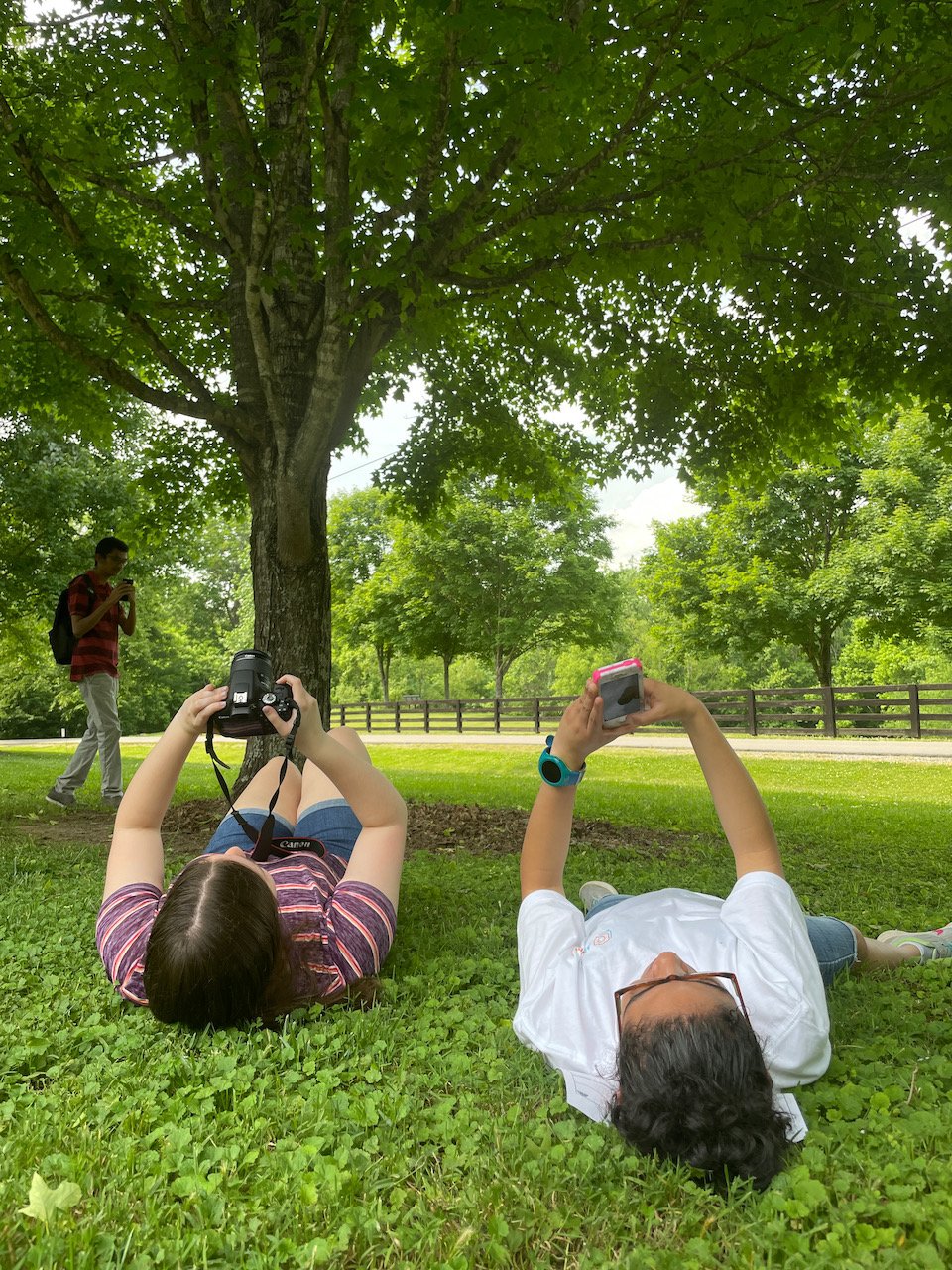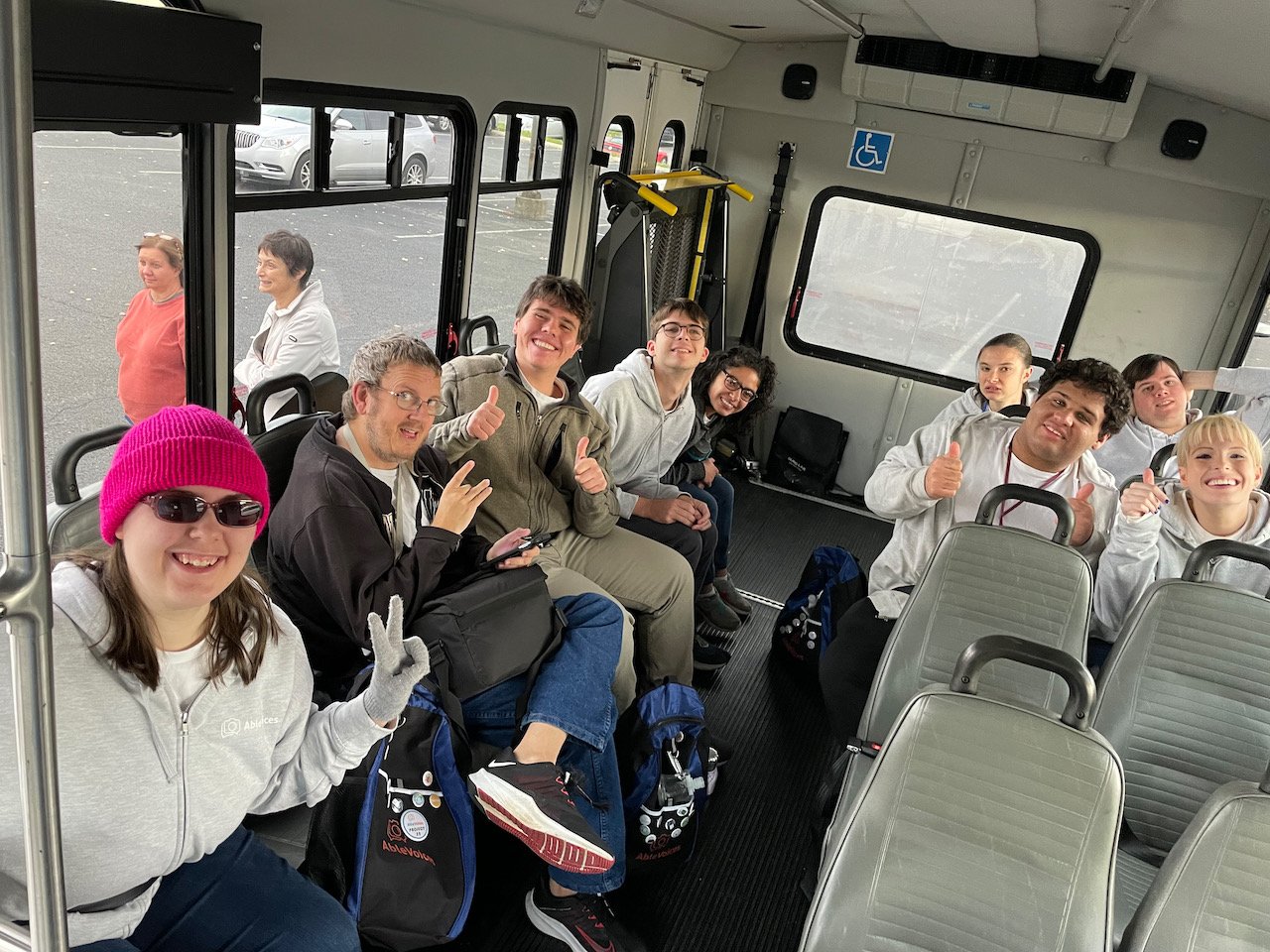Why Photography
for People With Disabilities?
Photography is so much more than pressing a button!
Photography offers numerous benefits for youth and adults with disabilities, enhancing important aspects of their lives.
Here are some of the key benefits:
Photography is an
Accessible and Inclusive Medium
Photography is an activity that can include people across the lifespan, from children to older adults. The availability of adaptive photography equipment and technoogies makes photography accessible to a wide range of abilities. Photography can be used by individuals and groups across a broad range of environments as well, including at home, schools, colleges, churches, community settings, residential care facilities, and hospitals. Photography is also an inclusive activity that can be adapted to suit individuals needs and preferences, allowing everyone to participate and enjoy!
Photography is Good for the Body and Brain
Photography gets us up, off the couch, and moving, so it is good for our bodies! Handling a camera and adjusting settings can improve our fine motor skills and hand-eye coordination as well.
Taking photographs is good for our brain because it makes us aware of our surroundings. Individuals are thinking and actively looking for interesting subjects to photograph. The process of capturing images requires concentration and attention to detail which can improve focus and attention. Overcoming challenges in photography such as technical problems and lighting, enhances problem-solving skills. And photography can help to improve memory as it involves remembering camera functions and settings, photography techniques, and multi-step tasks.
Engaging in photography can also be therapeutic, reducing stress, promoting relaxation and helping us appreciate the world around us. Successfully creating and sharing photographs can boost self-esteem and confidence as well.
AbleVoices Summer Photography Club on a hike at Owl’s Hill Nature Sanctuary.
Brock finds an interesting bug on a tree at Deerwood Arboretum.
Alex focuses his camera on his subject at Centennial Park in Nashville.
Zoe and Bailey get a unique perspective of the trees.
Photography Develops New Skills
Building on its physical and mental health benefits, photography creates the opportunity for individuals to develop new skills, (such as technical camera handling to creative skills such as composition and post-processing). Photography skills can generalize to non-photography employment opportunties as well.
Photography is a
Vehicle for Self-Expression
Photography provides a creative outlet for self-expression helping individuals to communicate their feelings and perspectives.
Photography Builds Relationships
Participating in photography groups, classes, or online communities encourages social interaction and can reduce feelings of isolation. Sharing and discussing photographs with others helps build connections and friendships. Photography projects can encourage involvement in community events and activities, fostering a sense of belonging.
Photography Empowers Individuals
Sucessfully capturing and sharing photographs provides a sense of achievement and fulfillment. Photography can become an important hobby or passion, providing joy in everyday life. There is real satisfaction and a sense of pride that comes from creating. This in-turn, creates feelings of empowerment; that one has control over their life.
Nico shares the portrait he made of his teacher.
Louis proudly shows his exhibit photos.
Rhett captures an employee inside of a restaurant and his reflection all at once.
Photography is a Tool for
Disability Advocacy
Creating and sharing photographs is an effective tool for disability advocacy and promoting social change. Through their work, photographers with disabilities can advocate for greater accessibility and inclusion in all aspects of society. Stories and perspectives from real people can raise awareness, convince others to shift mindsets or to act, because they can empathize with those affected by the issue, in hopes of minimizing the gap by creating connections and laying the foundation for collaboration. Photographs promote the movement away from a deficit-focused perspective of people with disabilities to seeing their strengths and challenging stigma and sterotypes.























